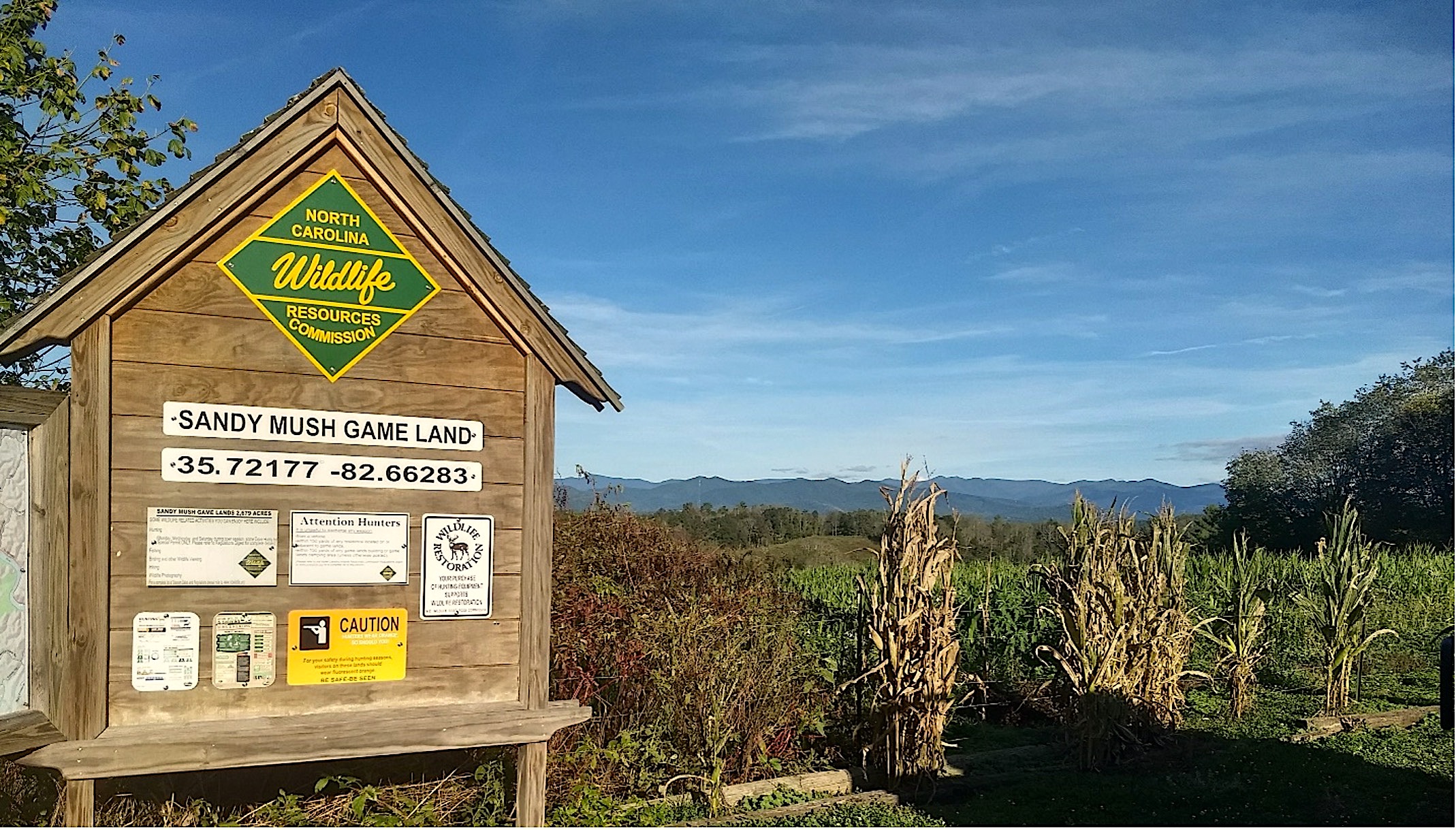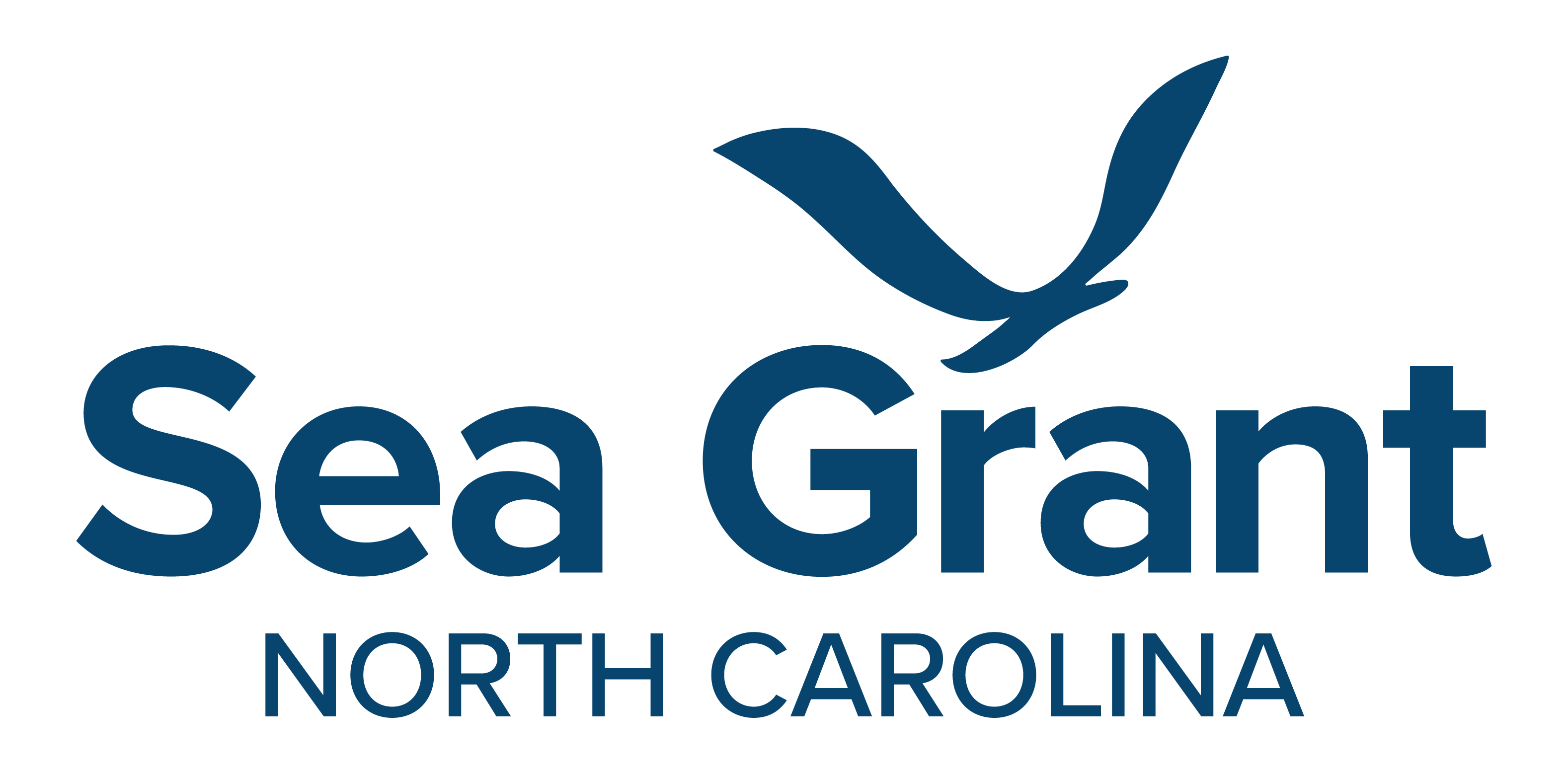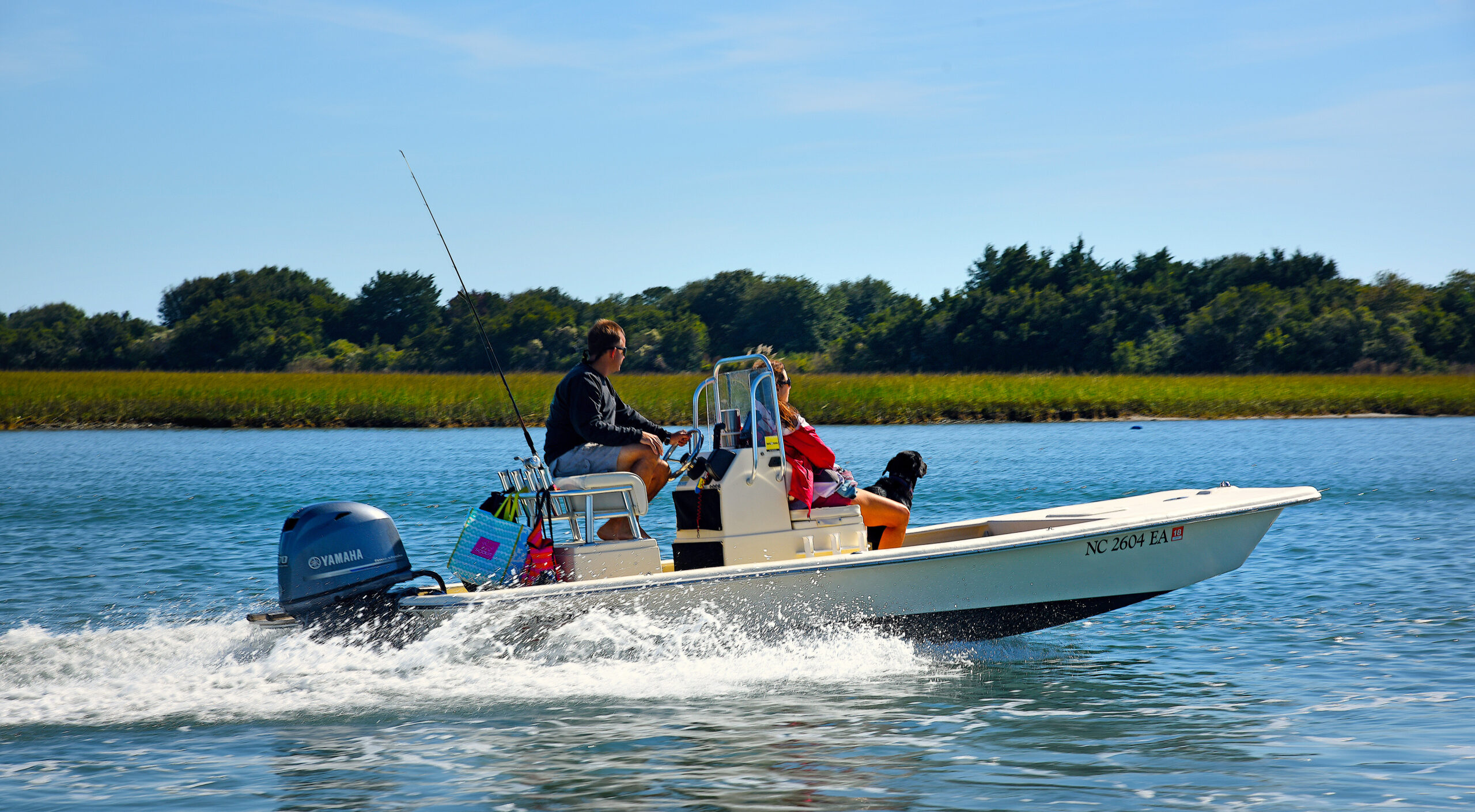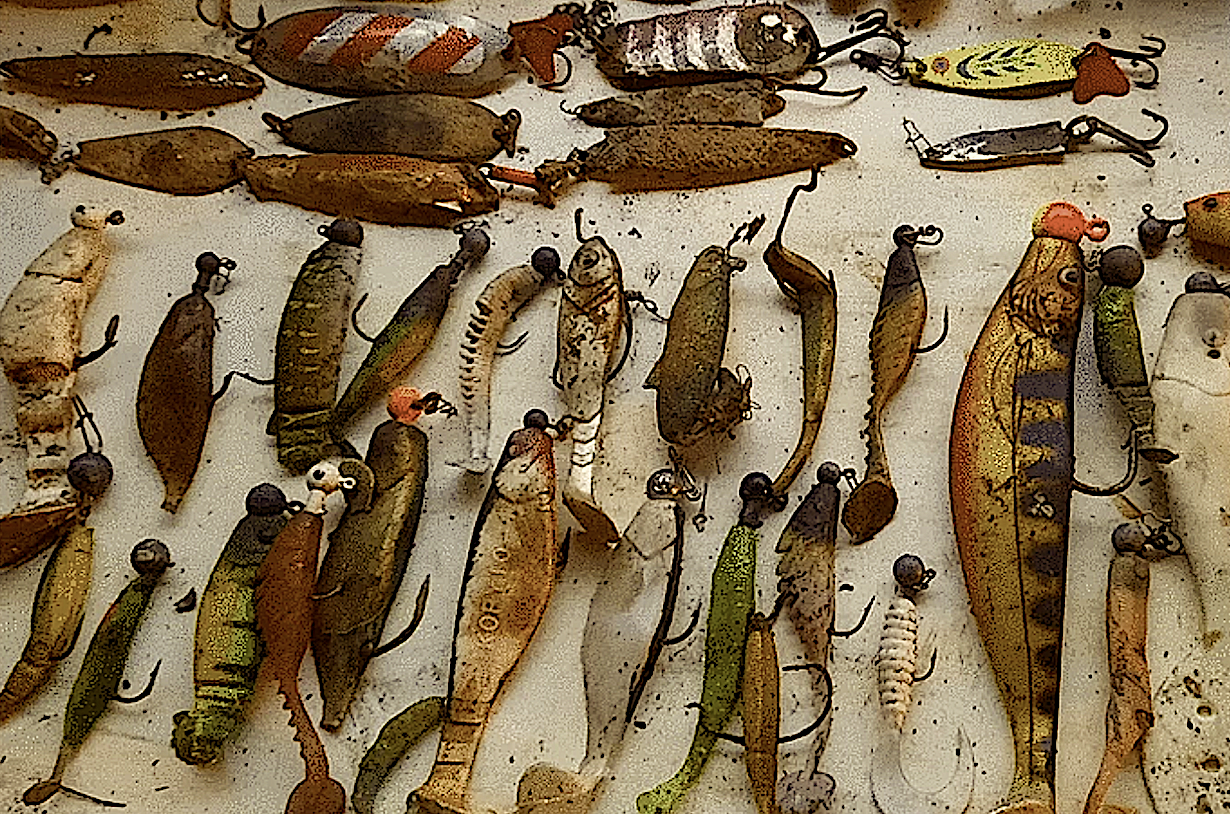Do Wildlife Management Areas Support Local Businesses?

New research shows how visitors to wildlife management areas — including hunters, anglers, and boaters — make significant contributions to the local and state economy.
Research Need
Wildlife management areas are protected lands managed for the conservation of wildlife species and to provide public access for hunting, fishing, trapping, and other outdoor recreational opportunities. These areas are an important global conservation tool but sometimes face criticism regarding their potential impact on local economies.
Extensive research has evaluated the contribution of overall recreation to state and national parks, but we know less about how hunters, anglers, and others contribute to local economies when recreating at wildlife management areas. Assessing the economic contribution of recreation at wildlife management areas allows agencies and governments to make informed decisions about how wildlife management areas are developed.
What did we study?
Between 2017 and 2019, we surveyed approximately 2,000 visitors to wildlife management areas to understand their activities, how frequently they visited these properties, and the expenses incurred.
We also estimated annual visits to all wildlife management areas in North Carolina and calculated the economic contributions of these visitors to the state and to local communities.
What did we find?
We found that most visitors to wildlife management areas did not hunt or fish, and these ‘non-traditional’ visitors spent $119.83 per trip on average, compared to $84.19 per trip on average for hunters and fishers.
Overall, recreation at wildlife management areas in North Carolina was responsible for approximately 2,200 jobs, $84 million in annual labor income, and $140 million in annual value added to the state’s economy (i.e., gross domestic product).
We also found that communities near wildlife management areas readily captured and retained those visitors’ spending. Our results indicate that every dollar a visitor spends recreating at a wildlife management area generates an additional 99 cents of economic activity in North Carolina.
What else did we find?
We found that anglers took just under half a million trips to North Carolina’s wildlife management areas in 2018. They spent approximately $83 per person per trip, which resulted in over $25 million in recreational spending directly related to wildlife management area visits. Almost 80% of anglers’ spending occurred within the same local communities as the wildlife management area they visited.
Anything Else?
Wildlife management areas are poised to become progressively more valuable for communities in North Carolina as demand for fishing and other types of nature-based recreation increases and as open space decreases.
Reading
Casola, W.R., Peterson, M.N., Sills, E.O., Pacifici, K., & Moorman, C.E. 2022. Economic contributions of wildlife management areas in North Carolina. Forest Policy & Economics, 140, 102747.
For more information about wildlife management areas in NC, check out the North Carolina Wildlife Resources Commission’s Game Lands Program website.
This work was supported by the North Carolina Wildlife Resources Commission.

By Will Casola, a broadly trained conservation social scientist. His research seeks to determine how people use and value natural resources, and it centers around the interwoven nature of the social, cultural, and economic aspects of natural resource management. He completed his Ph.D. at NC State in 2022 and is currently a postdoc at the University of Florida studying oyster management and conservation governance.
Lead photo by Will Casola.
The text from Hook, Line & Science is available to reprint and republish at no cost, but only in its entirety and with this attribution: Hook, Line & Science, courtesy of Scott Baker and Sara Mirabilio, North Carolina Sea Grant.
- Categories:



